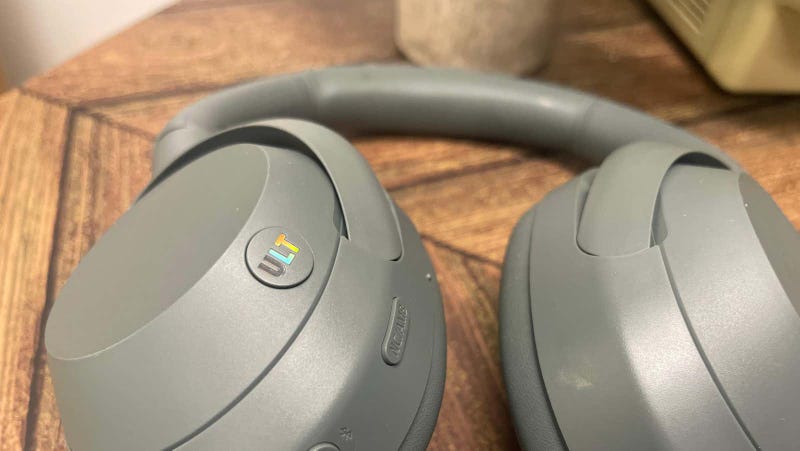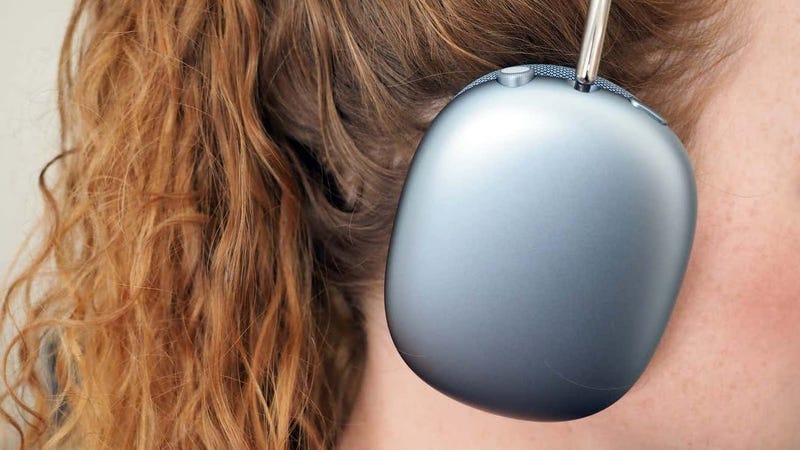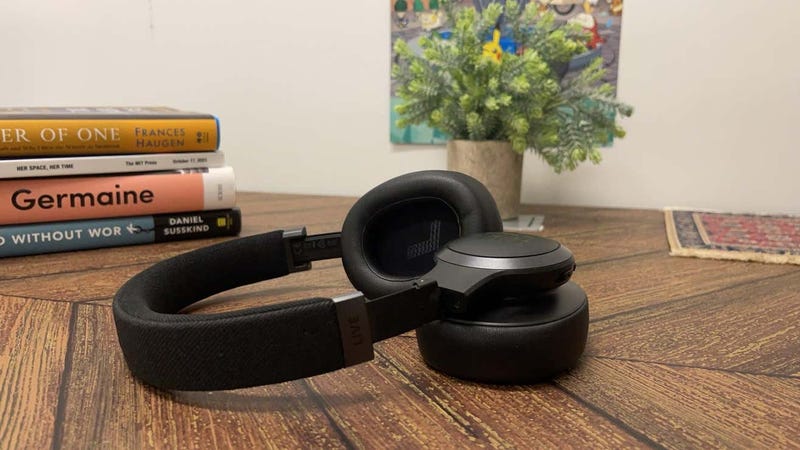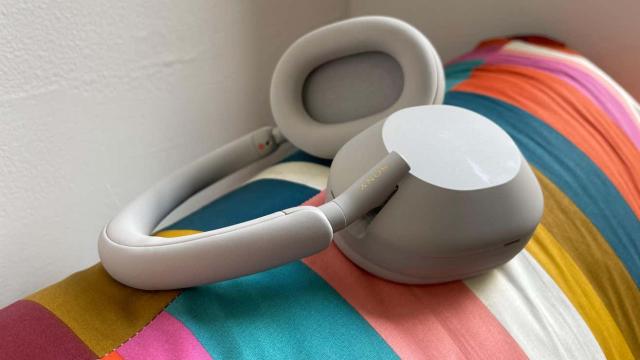Tech myths are extremely pervasive. Half of the things we believe in are stuff we’ve seen people around us believe in. Confirmation bias leads to us blindly following without ever questioning. This guide aims to shatter some of those preconceived notions. The aim is also to teach you the truth about some headphone concepts so you don’t get convinced by misleading marketing rhetoric.
Headphones produce better bass than earphones

Bass ultimately depends on driver performance, which includes both the size and quality of the driver. Consumers tend to ignore the latter and focus on just driver size. This explains why headphone manufacturers are always eager to highlight huge drivers in their marketing material.
Since driver size is thought to be the only factor determining how good the bass will be, consumers believe headphones produce better bass than earphones. It only makes sense to think that the 30-50mm drivers on over-ear headphones will do a better job than the 8-15mm drivers on earbuds.
According to Reliance Digital, while it’s true that the large headphone drivers allow for more compression, the small earbud drivers allow for better compression due to the driver’s tight seal inside the ear cavity. A generalized statement cannot be made on which audio peripheral has the best bass.
If anything, you should not be attracted to too much bass as that comes in the way of a balanced sound profile and makes your music sound overly thick and muddy.
The wider the frequency range, the better the sound

Headphone companies love emphasizing the wide frequency range of their products. The common understanding is that the bigger the range, the better the headphones sound. The human frequency range is 20Hz to 20kHz, and anything that doesn’t lie within this range isn’t audible to us. Hence, an overly exaggerated frequency range on headphones, such as 5 to 33,000 Hz, should make no difference to us.
These inflated ranges are of little use to us and don’t say anything about performance between the two frequencies. Sean Sullivan claims that specific info on the amount of energy the headphones produce within this range is more valuable. He adds that it’d be ideal to know how much power is made between 100Hz and 10kHz since our ears are most sensitive to that range.
Headphone burn-in isn’t a thing

This is one of audiophiles’ favorite myths. For headphones to provide optimum performance, it’s best first to play hours or even days of pink or white noise. The idea is that doing so helps break in the device’s drivers and makes them ideal for use.
SoundGuys tells us that this isn’t entirely false. They claim that headphone materials do lose their rigidity over time, making it easier for the elements inside to move faster and more efficiently. But that doesn’t happen in a couple of days. According to them, this is a long process, and even then, the difference is largely imperceptible. A few days-long burn-in, however, is a completely useless practice.
Noise cancelation is better than noise isolation

None is better than the other. They are completely different technologies that work in different ways. Noise cancelation is done via a set of mics on the exterior of your headphones earcups. The mics capture ambient noise and use algorithms to produce a response to that noise. When a response of equal strength is sent back to the music signal, the ambient noise is ‘canceled’ by the inverse noise (the response). Read more about how the tech works here.
Noise isolation has no electronic processes going on. It is done simply by the material of your earcups (memory foam, leather) physically blocking out ambient noise. There’s nothing about this process that makes it inferior to noise cancelation. If anything, noise isolation works for all kinds of frequencies, unlike cancelation, which is better suited for low-frequency sounds.
Gold-plated connectors are superior

There’s been quite some hype around gold-plated connectors. The commonly-held belief is that they make your headphones sound better.
Gold does nothing for your headphone jack. Reliance Digital reports that the amount of gold is fairly negligible and has no impact on how your music sounds. They claim that the only area in which it could be helpful.
Headphones are safer for your ears.

The myth here is that since earbuds go inside your ear canal and headphones rest outside, headphones are safer for your ears than earbuds. This isn’t true. Either of these can be harmful and ultimately depend on your usage.
The ENT Specialists say that extended listening at high volumes can negatively impact your ears, regardless of your device.
Good ANC will silence all ambient noise

According to Shure, Active Noise Cancellation is ideally suited for continuous, static noise under 1000Hz. It will help mute the rumble of the plane or the Subway engine. He adds that sudden, high-frequency, or rapidly changing sounds will still pass through. Being able to hear a phone ring right next to you does not mean your headphones’ ANC isn’t effective.
